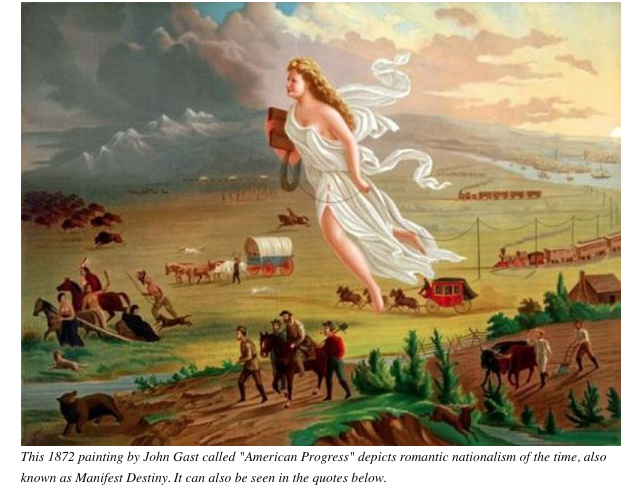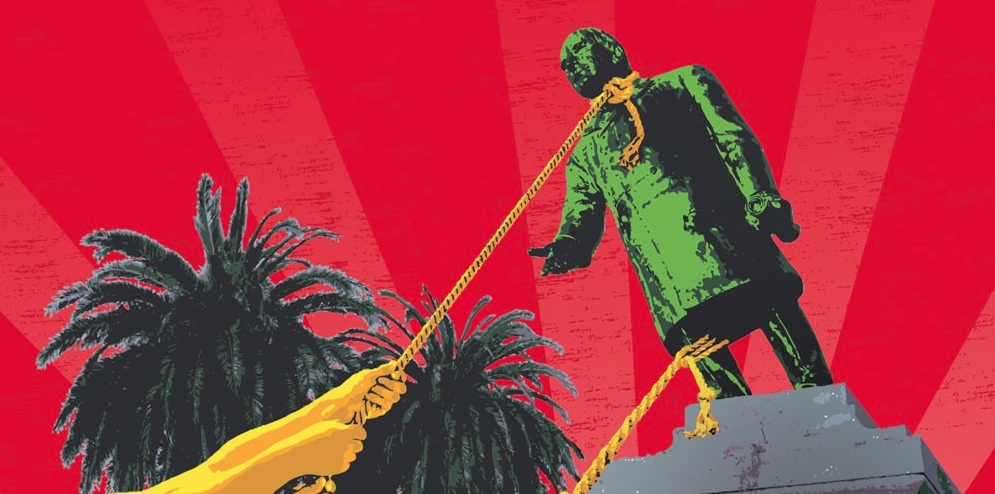PRESIDENT MCKINLEY’S LEGACY OF PAIN
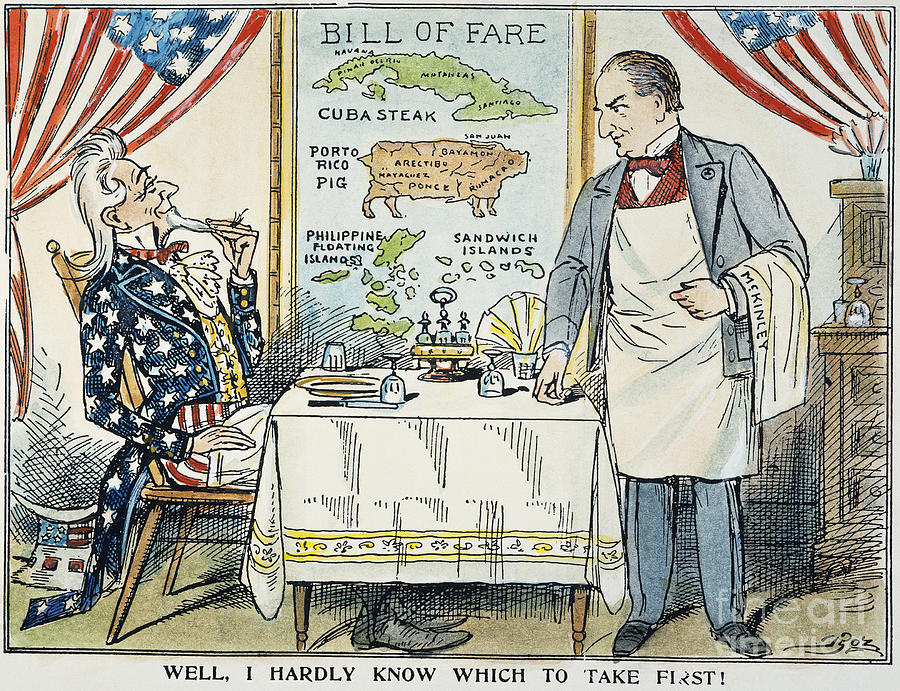
MANIFEST DESTINY
President McKinley’s explicit commitment to Manifest Destiny and his brutal actions to carry it out make clear that his views on human rights were tragically conditional. The global scale of decimation he ushered in put those views into action, where Indigenous Peoples’ bodies and lands were subject to seizure. What happened in Humboldt County was no different. McKinley’s devotion to expansion, regardless of the human toll, would eventually lead to U.S. seizure of 7,251 islands and the conquering of 182 Tribes and nations.
“We need Hawaii just as much and a good deal more than we did California. It is Manifest Destiny.” –William McKinley Source
Below, a video demonstrates the progression of the effects of Manifest Destiny on the Indigenous Peoples of North America. Pay particular attention to the spread of the color blue which represents the lands considered “available” for occupation.
Another video, below, details in visual fashion the effects of Manifest Destiny on the Cherokee, Choctaw, Chickasaw, Creek and Seminole Tribes. Recall, it was these Tribes who McKinley devastated when he signed the Curtis Act into law. For a detailed narrative on this matter and the ways the Curtis Act enhanced the power of the U.S. to act unilaterally, click here. Civil rights were not truly on McKinley’s agenda.
As recently as 2005, the legal premise of the Doctrine of Discovery (or Manifest Destiny) was cited by the Supreme Court as a basis for rejecting land-claims by the Oneidas, one of the six nations of the Haudenosaunee.
IMPERIALISM
Imperialism: a policy of extending a country’s power and influence through diplomacy or military force.
McKinley’s role in the imperialistic expansion of the United States is well known and most regions effected are described in this project. But what does this mean for the people on the receiving end? Put simply, McKinley’s execution of both imperialism and Manifest Destiny involved military occupation, murder, ecocide, ethnocide, and resource extraction which essentially puts an end to the ways of life the people in the regions know and love. It is a violation of civil and human rights in the extreme.
Arcata City council member Michael Winkler has written that McKinley was “the direct opposite” of confederates. How so? McKinley used the power of the U.S. to take Hawai’i, Guam, Philippines and Puerto Rico and bend them to U.S. interests. He began U.S. enslavement of these nations. He used his military to kill “everyone over ten” in the Philippines, the pace of which was quickened to aid his chances at a second term. Source. Some say this was “protection” for these regions which faced inevitable seizure by other nations. Occupation, mass murder, displacement, ethnocide, ecocide and resource extraction are not protection.
His actions, rooted in a mindset that is can be described as “settler-colonialist” were bent on subjugation and resource extraction and justified by God. This mirrors precisely the ideology that supported atrocities in Humboldt County, throughout California and the rest of the continent. Whatever one might think about people’s values in the past, it is time to examine our own values and determine what is worthy of celebration. We have the ability to look at events and objects through the lens of time. We have the ability to shape this aspect of Arcata’s history for the better and remove an icon that is out of step with modern, progressive and inclusive values.
“The statue and plaque symbolize the history of suffering, oppression and near annihilation of Native Americans by white settlers and should not be displayed or celebrated.”
-Priscilla Hunter, Coyote Valley Tribe
HUMAN RIGHTS
It should be self-evident that all groups of peoples have inherent rights. The ideas of Manifest Destiny and Imperialism are, by their nature, meant to deny this assertion. Working with Indigenous Peoples, the United Nations has adopted a declaration: The Declaration on the Rights of Indigenous Peoples.
As stated by Indigenous Rights Radio: The United Nations Declaration on the Rights of Indigenous Peoples is an international agreement adopted in 2007. This document states what governments must do-or not do-with respect to Indigenous Peoples and articulates the specific rights that Indigenous Peoples have.
Find out more at Indigenous Rights Radio: Because Knowledge is Power.
Above: For a visual presentation of some elements from this declaration, click the Facebook icon in the top right corner. For the entire document, click here.
“ABOLITIONIST HOUSEHOLD”
McKinley is said to have grown up in an abolitionist household, the argument being that this experience is a rebuttal to reasons for removal that are related to the information in this project. Not only is the argument irrelevant when contrasted with things he would eventually do, but the argument also exposes a glaring omission. This section is meant to illustrate the fundamental hypocrisy that existed between the cherished belief in abolition and his family’s admiration for those who carried out systematic murder of Indigenous Peoples. This hypocrisy would be expressed in various ways during his presidency, including the appointment of some Black people to office but dismantling of five Tribes by seizing 90 million acres of land, among other things.
When William McKinley was a boy, he and his “abolitionist household” lionized Colonel John C. Fremont and were elated when he became a presidential candidate in 1856. Fremont was well known for his explorations west which involved not just routine killings of Indigenous Peoples on sight, but several massacres as well. These were the Sacramento River, Klamath Lake and Sutter Buttes Massacres. McKinley was about 13 years old and was much impressed by Fremont’s “deeds of heroism”.
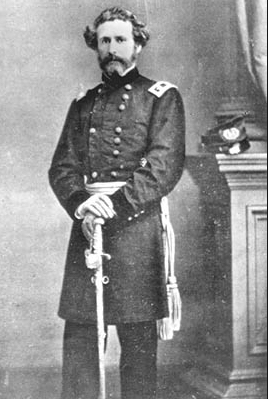
John C. Fremont 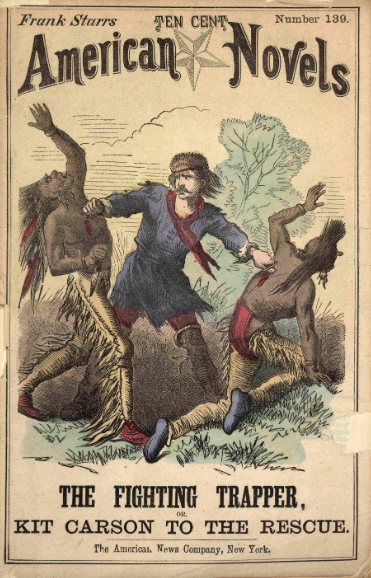
Kit Carson
An account from the 1856 Sacramento River Massacre:
“The settlers charged into the village taking the warriors by surprise and then commenced a scene of slaughter which is unequalled in the West. The bucks, squaws and paposes were shot down like sheep and those men never stopped as long as they could find one alive.” Kit Carson, one of the mounted attackers, later stated, “It was a perfect butchery.” Source.
Below (regarding a young McKinley): “So he sang the songs which lauded Fremont to the skies. He had supported Fremont because the explorer, traveler and soldier had won his admiration through many deeds of heroism.” Note too the author’s reference to an “unspoken yearning to become a member of one of Colonel Fremont’s bands of explorers. Source. Above, Kit Carson is pictured in the sort of comic a young McKinley may have read.
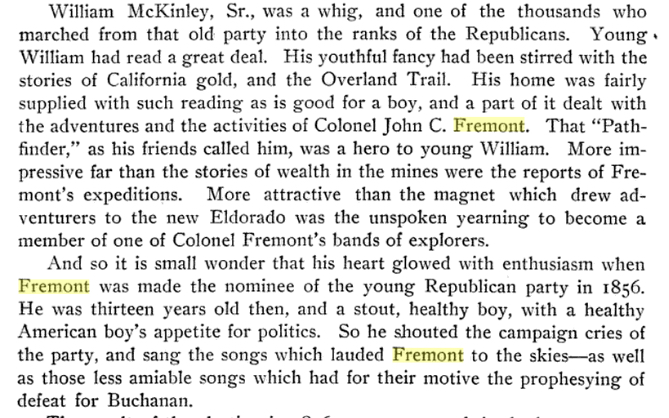
SOMETHING TO CONSIDER
Some suggest that because McKinley “fought on the side to end slavery” or “he appointed Black people to office” or he did various other positive things for some people that it makes no sense whatsoever to remove a statue of him, even from this location.
Statue-supporters gloss over or omit the most destructive of his actions, covered in this project, while myopically focusing on the values of his parents (who owned an iron foundry), his pre-presidential military participation and his token actions of appointing some people of color to government positions while receiving severe criticisms from Black civil rights activists of his time.
Also ignored is that before his presidency, as head of the Ways and Means Committee, McKinley lobbied his party to abandon their growing resolve to enhance voting rights for Black citizens in the South.
Even President Harrison was in favor of this bill which had passed in the House by a partisan 155-149 vote. Why did McKinley want to play such an active role in the systemic deprivation of civil rights at a time they were sorely needed? Because it was part of the terms to secure a silver tariff, a deal he is well known for brokering. And yes, he succeeded on both counts. Source.
It is perplexing that statue-supporters believe they have the authority to tout his “civil rights” record while they ignore the severe criticisms leveled against McKinley at the time by some of the eventual founders of NAACP. Source.
The audacity required for a present-day white person to think they know more about McKinley’s civil rights record than prominent Black citizens of his time (some of whom were former slaves and civil war veterans) is appalling.
Some of these authors of this letter include James H. Wolff, those pictured below, and others:
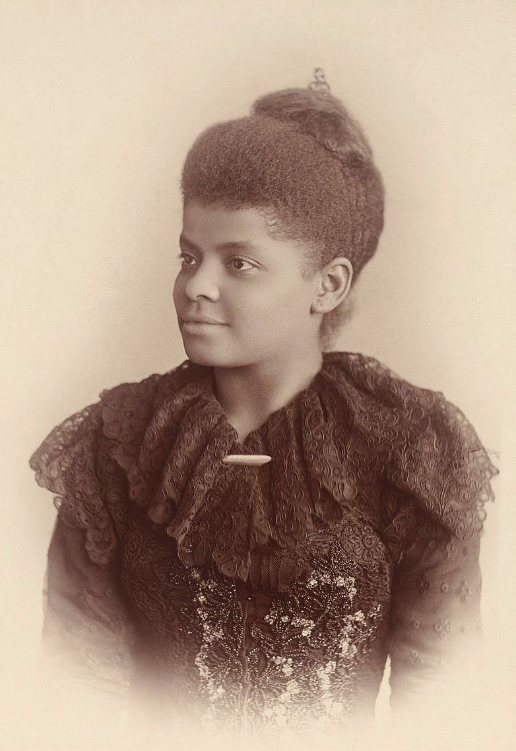
Ida B. Wells, Civil Rights Activist, Teacher, & Editor 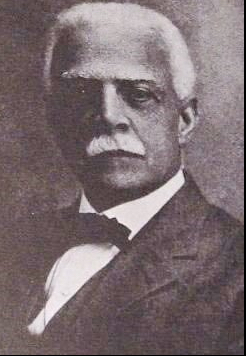
Archibad Grimké, Attorney, Diplomat Journalist 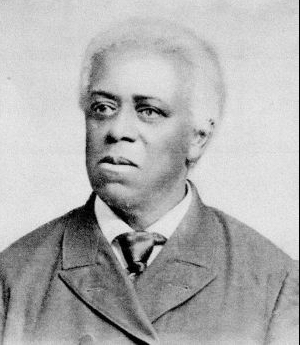
Edward G. Walker, Attorney & State Legislator 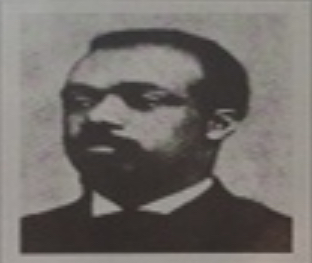
Emery T. Morris, Civil Rights Activist
They will also point out his relatively progressive views of (white) women’s suffrage while ignoring the fact that his military killed countless women (and their young children) in the Philippines, the pace of which was quickened in anticipation of McKinley’s chance at a second term: A “peace at any price policy was inaugurated to meet the exigency of Mr. McKinley’s campaign for presidency in 1900” Source. What of these women? What of the women in the five major Tribes that were dismantled under his orders? (See Legacy: North America)
Some argue that McKinley himself took no direct against the Indigenous Peoples in Humboldt County and therefore a push to remove his image makes no sense. It’s important to understand that McKinley was just one variation of – and “point in time” in- the continuum of ideals that came before and followed after him. His power as president allowed him to execute these beliefs on a global scale. His legacy, and that of others, continues today. It can be a struggle to “connect the dots” between McKinley and those that who perpetrated atrocities locally. With some investigation, the similarities become clear.
Do not the most brutal of his deeds merit the most consideration?
TAP INTO YOUR HEART
In order to understand why the statue of McKinley must be relocated in order to bring an element of healing to this community, we must consider and connect the various global events, separated by time and distance, that were perpetrated on Indigenous Peoples the world over in the name of Manifest Destiny and Imperialism.
We cannot continue to ignore or minimize what McKinley did and what similar values have done to countless people.

